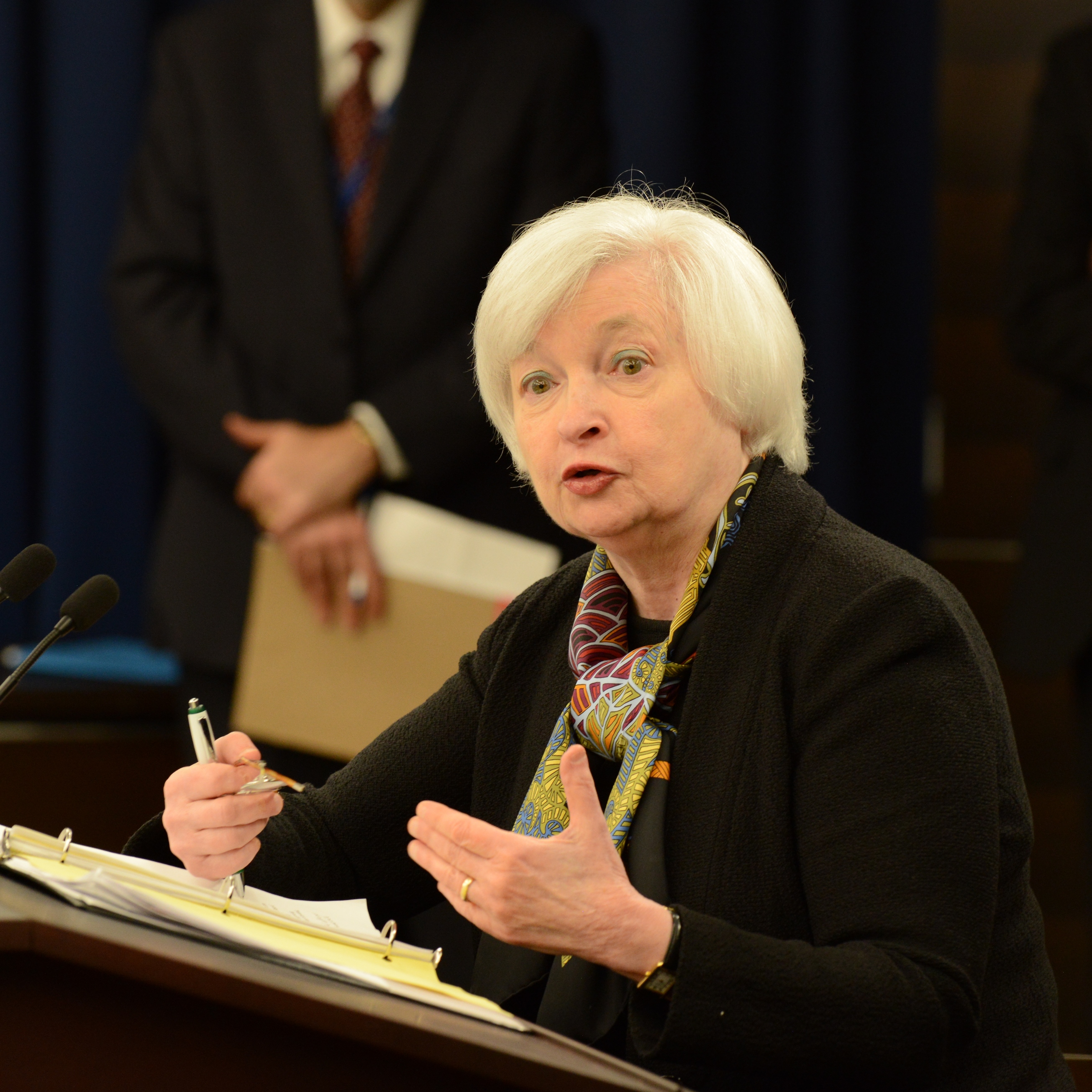Economy
Fed Minutes for December 2016 Talk All Around Post-Election Policies, Without Naming Trump

Published:
Last Updated:

The Federal Reserve has released its minutes of the December 13 – 14 (2016) FOMC meeting. It turns out that Janet Yellen and her team of Federal Reserve presidents may be looking just a tad more hawkish than they have in years. While the post-election economy and markets were cited, the reality is that the FOMC talked all around the pro-growth initiatives without printing the word “Trump” in a single instance.
The Fed’s FOMC staff slightly raised GDP growth forecasts in December, and the notation there was that on an assumption that fiscal policy would be more expansionary in the coming years. Again, they avoided using the Trump reference but suddenly the FOMC is looking for higher rates and higher growth.
Another issue to consider here is that the wording around “gradual” about rate hikes was up for debate. Does that mean that the members were thinking about raising interest rates higher and/or faster than expected. Still, the statement from last month (released three weeks ago)did say:
The Committee expects that economic conditions will evolve in a manner that will warrant only gradual increases in the federal funds rate; the federal funds rate is likely to remain, for some time, below levels that are expected to prevail in the longer run.
Most Fed officials agreed that the U.S. is at or close to full employment. The FOMC minutes also agree that its current stance of monetary policy remains accommodative, and that it should support some further strengthening in labor market conditions and a return to 2% inflation.
While the word Trump” was not used, they did talk around it in the use of “election” in these minutes. 24/7 Wall St. pulled these out to show exactly how the FOMC members are talking around the political issues while addressing the economic side of it. The use of “election” was taken verbatim from the minutes, as follows:
The Dow Jones Industrial Average closed out the year 2016 at 19,762.60 on December 30. It may have not hit the elusive 20,000 mark but it closed out 2016 with a gain of 13.4% from the 17,425.03 close on the last trading day of 2015. This was quite close to the 24/7 Wall St. forecast of 19,700 but we still have a case that can be made for up to Dow 22,000 late in 2017. The S&P 500 closed out the year at 2,238.83, up 9.5% from the 2,043.94 close of 2015. The NASDAQ closed at 5,383.12 for a gain of just 7.5% from the 5,007.41 close at the end of 2015.
The 10-year Treasury went out with a yield of 2.44% in 2016. The 30-year Treasury closed out 2016 with a yield of 3.06%. On the last day of 2015, the 10-year yield was 2.27% and the 30-year yield was 3.01%. Still, the lows of the year were 1.34% for the 10-year and 2.1% for the 30-year.
Credit card companies are at war, handing out free rewards and benefits to win the best customers. A good cash back card can be worth thousands of dollars a year in free money, not to mention other perks like travel, insurance, and access to fancy lounges. See our top picks for the best credit cards today. You won’t want to miss some of these offers.
Flywheel Publishing has partnered with CardRatings for our coverage of credit card products. Flywheel Publishing and CardRatings may receive a commission from card issuers.
Thank you for reading! Have some feedback for us?
Contact the 24/7 Wall St. editorial team.